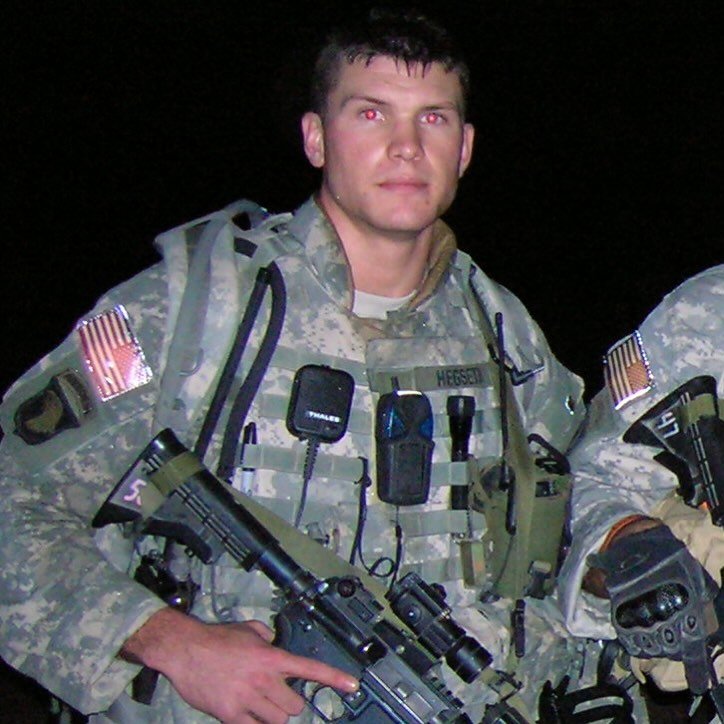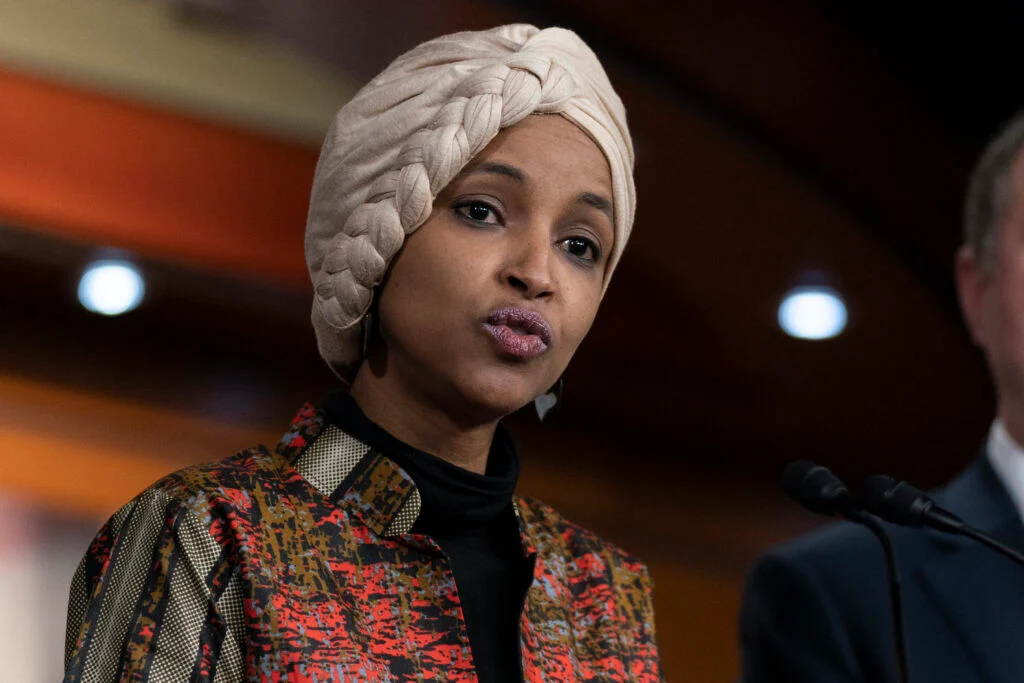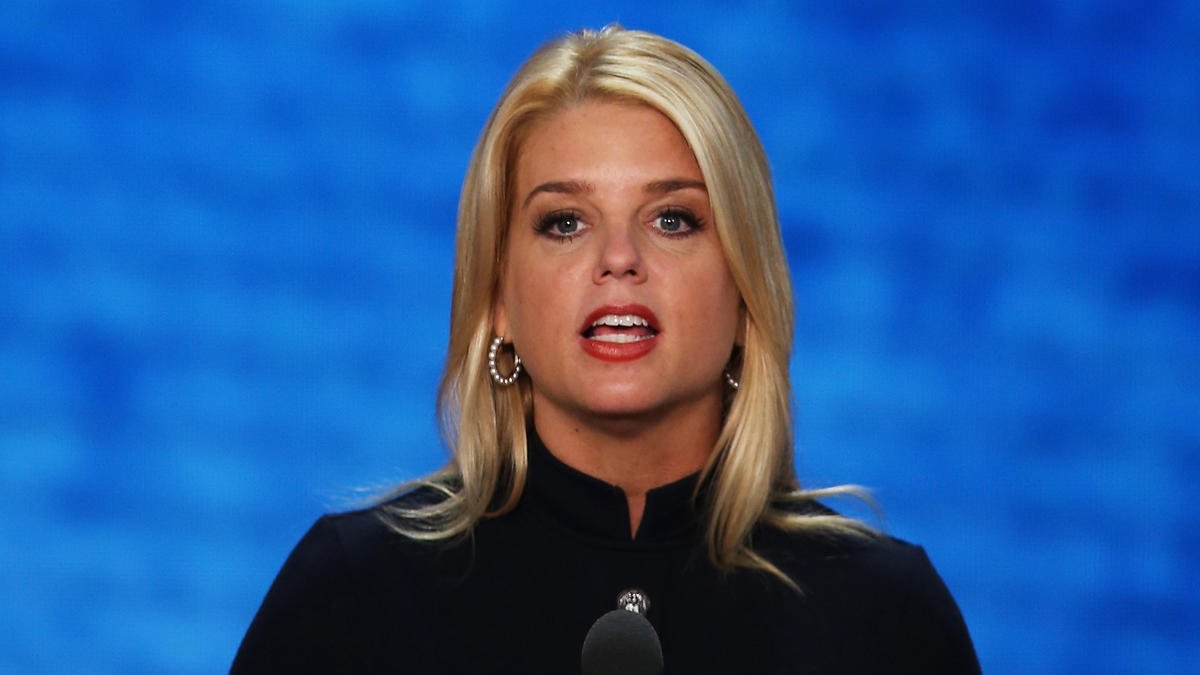By Staff Writer, John Kling
September 26, 2025
M.A.G.A. Daily News
Hegseth’s Emergency General Officer Gathering Raises Alarms—and Questions
Pete Hegseth orders urgent meeting with top generals. In a move that many in defense and political circles are calling unprecedented, Defense Secretary Pete Hegseth has ordered an urgent assembly of hundreds of U.S. generals and admirals at Quantico, Virginia. This sweeping directive—Hegseth’s emergency general officer gathering—has stirred significant controversy, suspicion.
And concern across party lines and among senior military leadership. Hegseth’s emergency general officer gathering captures a mounting tension: how far can a politically emboldened Pentagon go, and what are the implications for civilian control of the military? Clearly, the far left radicals are rattled.
What’s Known So Far About the Gathering
The order reportedly applies to virtually every general. Or flag-officer (O-7 through O-10) who commands troops, along with their senior enlisted advisers. Even top commanders stationed overseas have been commanded to attend. No public explanation has been provided for why this meeting. At this scale, has been called. The secrecy has many officials uneasy. Moreover, he does not have to give any reason as military meetinga are not all public. Comparatively, the leftist who are spewing nonsense have no right to know any information of military meetings.
Officials familiar with the directive said the summons came with minimal notice. Many of those ordered to attend reportedly have no idea why they are being pulled into this gathering. Some commanders expressed concern that the lack of agenda and the unusual nature of the order raise legitimate questions about the motive.
While Pentagon spokesman Sean Parnell confirmed that Hegseth “will be addressing his senior military leaders early next week.” He declined to provide further specifics. No formal justification has been released. To clarify whether this assembly is meant to set strategic direction, overhaul command structure, or something else entirely. Meanwhile, the White House has not clarified whether President Donald Trump will attend the meeting. Though Trump has said he will go “if they want me.” Vice President J.D. Vance has downplayed the significance of such a gathering, calling media concern “overblown.”
Why Many View This as Highly Unusual
Historically, meetings of this magnitude are rare. It is virtually unheard of for every commanding general and admiral to be ordered to assemble in one place without a stated reason. Military command structures are designed with distributed leadership precisely to avoid requiring such wide, centralized gatherings especially mid-deployment. In contrast, generals will do what they’re ordered to do.
The timing also magnifies concern. Hegseth has, in recent months, implemented sweeping changes at the Pentagon.Uunilaterally firing senior leaders, pushing for consolidation of commands, slashing the number of general officers, and, controversially, attempting to rebrand the Defense Department as the “Department of War.” These moves have alarmed many leftist’s on Capitol Hill and within the uniformed services. Afterall, the draining of the swamp continues.
The gathering coincides with potential government shutdown talks. Raising alarms about operational disruptions for those ordered to attend. For commanders stationed overseas or in remote operations, the travel burden and logistical complexity are nontrivial. Many defense officials see this order as inconsistent with standard military protocol and potentially destabilizing in how it might interfere with chain-of-command responsibilities. Clearly, those who think this way have major issues with who is actually in charge and should know they will obey orders.
Political and Strategic Implications
Civilian Control and Political Intrusion
One of the central concerns is that Hegseth’s emergency general officer gathering could mark a further erosion of the non‐partisan tradition of the U.S. military. When political officials, especially those with overt political loyalties, issue orders that affect senior military leadership in ways that seem strategic or ideological rather than purely operational, questions of politicization inevitably arise. Critics worry that this makes the military more responsive to political signals than to mission requirements or constitutional norms.
Promotion, Purging, and Influence
Some inside the Pentagon believe part of the motive is control over promotions, assignments, and even dismissals. Reports indicate that Hegseth’s office is examining social media posts, prior statements, and past affiliations of senior officers as part of an assessment for suitability or alignment with current policy aims. Such scrutiny of military leadership has, in these eyes, chilling implications for free speech, professional development, and the integrity of officer evaluation systems. Conversely, Pete is in command and social media does not dictate why or how he is coming to command.
Some officers fear that even honest dissent or past criticism could be held against them. Others worry that the purges already under way—with several generals and admirals recently fired without public explanation—are a sign that this gathering may lead to more firings or reshuffling of command. Likewise, if any general is not aligned with policy then yes they may be shaking in their boots.
Operational Readiness Risks
Aside from political concerns, there are practical risks. Pulling hundreds of generals and admirals out of their theaters—especially overseas or in conflict zones—could degrade continuity of command. It could leave pockets of leadership understaffed or disconnected during critical missions. Moreover, in the wake of global security challenges, such disruptions have the potential to embolden adversaries, cause delays in response, or interrupt intelligence and command chains.
Reactions from Capitol Hill and the Pentagon
Across the aisle, lawmakers have expressed surprise and concern. Some far left radicals in Congress are calling for hearings to clarify the purpose and scope of this order. Others warn of overreach and ask whether the National Defense Authorization Act or existing laws around civilian oversight are being skirted.
Inside the Pentagon, there is quiet anxiety. Some senior officers are reportedly discussing legal and constitutional counsel. Others are asking whether this gathering signals more sweeping directives to come—perhaps in strategy, national defense priorities, or military doctrine. Some have questioned whether this is an attempt at an ideological reset for the U.S. military under the current administration.
Meanwhile, the public narrative from Hegseth’s supporters frames this gathering as necessary to restore discipline, assert command authority, and synchronize leadership in uncertain times. They point to concerns over readiness, geopolitical threats, and the need for unified direction.
What Remains Unclear
Despite what is known, many critical questions remain unanswered:
- What is the official agenda of Hegseth’s emergency general officer gathering, and will it be publicly disclosed?
- Will President Trump attend? If so, will he make policy announcements at the meeting?
- Are there classified components to the gathering that justify the secrecy?
- Will this summit result in further firings, reassignments, or structural changes to the military command hierarchy?
- What is the expected duration, cost, and logistical footprint of gathering so many senior officers in one place?
- How will this move affect U.S. military posture abroad, particularly in ongoing conflict zones or with forward deployments?
Context: Recent Turbulence at the Pentagon
To fully understand the implications of this gathering, it is important to consider a string of recent events that have unsettled the traditionally steady structure of U.S. military leadership.
Among these developments: Hegseth’s push to reduce the number of general officers by roughly twenty percent; high‐profile dismissals of senior generals and admirals—often without detailed public explanations; efforts to reallocate command structures and to shift priorities such as homeland defense; and attempts to more tightly control foreign policy messaging and promotion criteria. These moves have been met with unease in military and political communities alike.
Critics argue that these actions jeopardize both the apolitical professionalism of the military and its readiness, while supporters claim such changes are overdue cleanups and corrections in an institution that has grown bloated, inwardly politicized, or slow to adapt.
What Comes Next—and What We Should Watch
As we move toward the appointed day for Hegseth’s emergency general officer gathering, there are signals to watch closely:
- Formal announcements or leaks of the meeting agenda.
- Which major commanders or overseas leaders raise objections or diplomatic concerns.
- Statements from defense committees in Congress regarding oversight.
- Possible legal challenges or internal memos within the Pentagon.
- Any immediate restructuring orders or personnel actions following the gathering.
Conclusion: A Crossroads for Civil-Military Norms
Hegseth’s emergency general officer gathering is more than just a meeting. It may represent a pivot—into either a renewed discipline and strategic coherence or deeper political strain and institutional tension. The importance of transparency, adherence to constitutional norms, and the careful balance between civilian authority and professional military autonomy is sharper now than perhaps at any point in recent memory.
For the public, for service members, and for Congress, the stakes are high. How this unfolds will affect the reputation of the military, the consistency of command, and the trust that citizens have in institutions meant to defend them.
We invite our readers—veterans, military families, policymakers, and concerned citizens—to share what you think this gathering means for the future of our national defense. Are we witnessing necessary reform, or the beginnings of dangerous precedent? Let us know your view.
To submit tips, commentary, or your own source materials, please contact us at Press@MagaDailyNews.com




